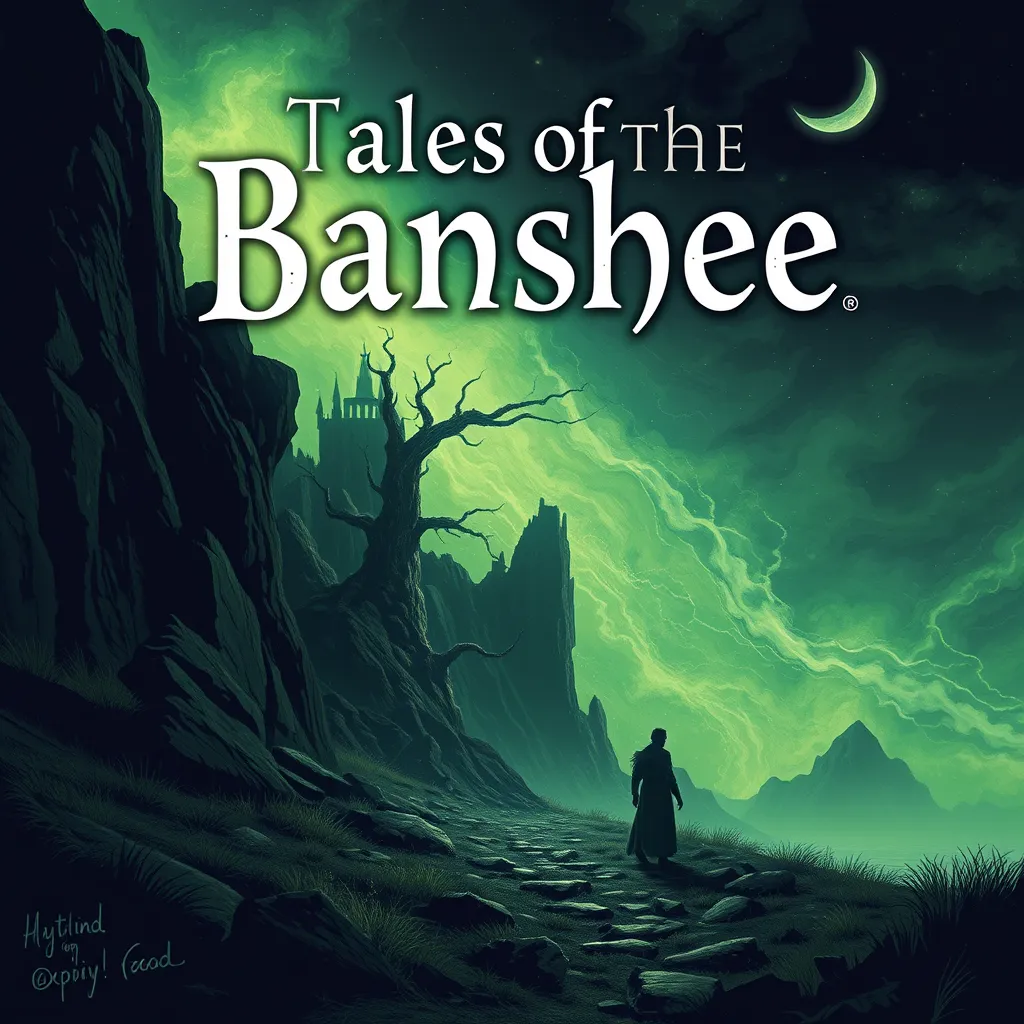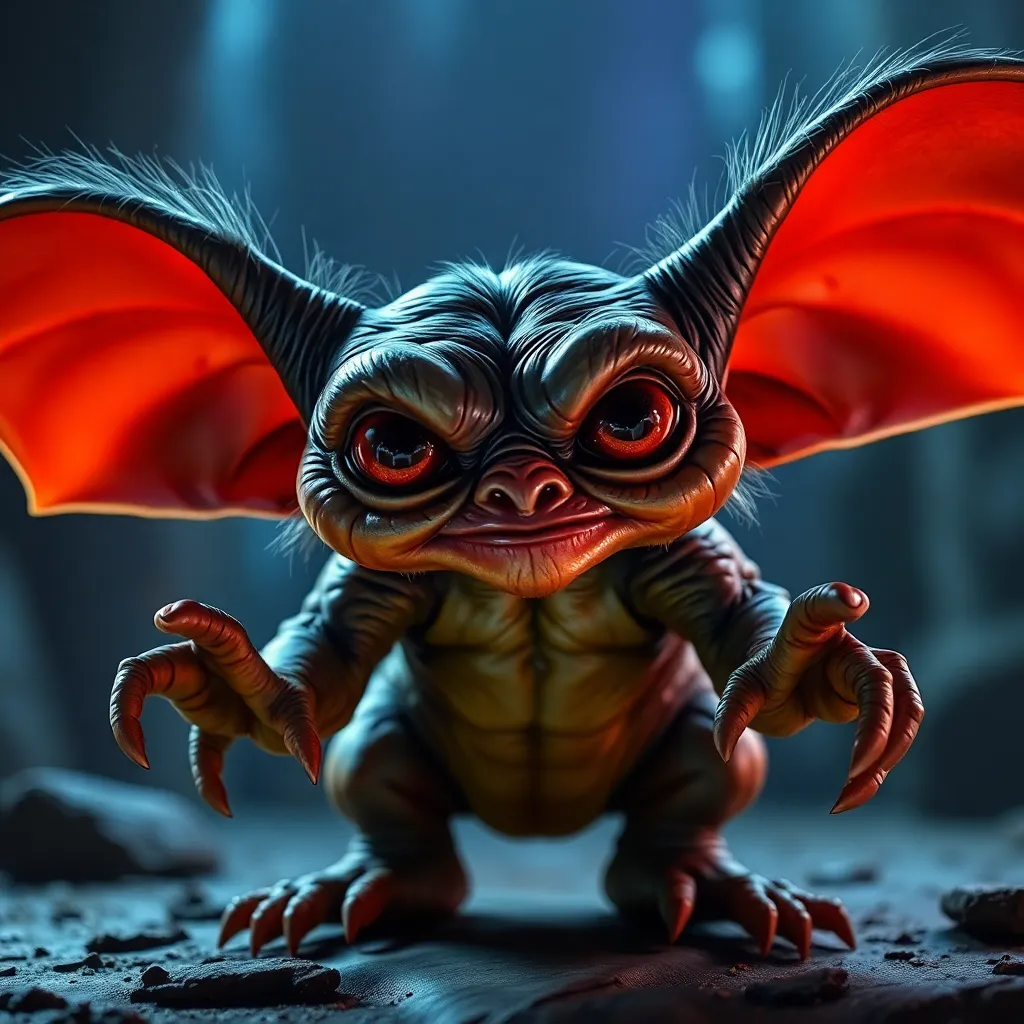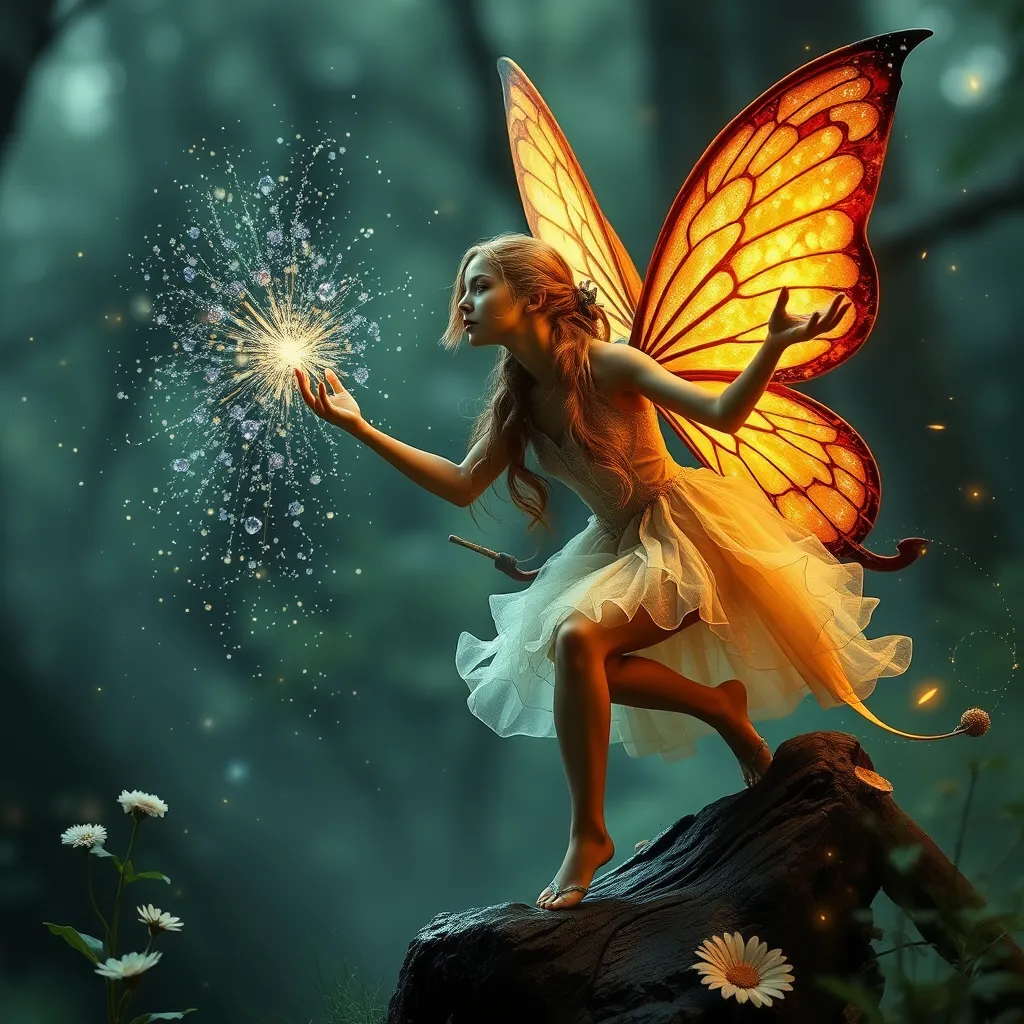Tales of the Banshee: Exploring the Myth Across Ireland
I. Introduction to the Banshee Myth
The Banshee, known as “Bean Sí” in Irish, is a spirit in Irish folklore that is often depicted as a harbinger of death. The haunting wail of the Banshee is said to foretell the death of a family member, serving as a warning to those who hear her cry.
The origins of the Banshee myth can be traced back to ancient Irish traditions, where she was often associated with the fairy realm. Over the centuries, she has become a significant figure in Irish folklore, embodying themes of loss and mourning.
In Irish culture, the Banshee is more than just a myth; she represents a connection to the past and the emotional weight of familial ties. The very idea of a spirit mourning for the deceased resonates deeply within the Irish psyche, making her a powerful symbol in the cultural narrative.
II. The Banshee’s Characteristics
The appearance of the Banshee can vary widely, but she is often described as an ethereal woman with long hair, wearing a flowing white or grey dress. Some accounts depict her as an old hag, while others see her as a young, beautiful maiden. This variability in appearance contributes to the mystique surrounding her character.
A. Description of the Banshee’s Appearance
- Long, flowing hair
- White or grey garments
- Varied age representation (young maiden vs. old hag)
B. Common Traits and Behaviors Associated with the Banshee
The Banshee is known for her mournful wail, a sound that is said to be a prelude to death. Her cry can be hauntingly beautiful or chillingly eerie, depending on the account. She is often described as being elusive, appearing only to those who are about to face a personal loss.
C. Variations in Depictions Across Different Regions in Ireland
Different regions in Ireland have their own distinct tales and interpretations of the Banshee. In some areas, she is seen as a protector of certain families, while in others, she is viewed purely as a harbinger of doom. These regional variations reflect the rich tapestry of Irish folklore.
III. The Role of the Banshee in Irish Family Lore
The Banshee holds a special place in Irish family lore, often regarded as a guardian spirit of particular families. Her role as a harbinger of death signifies a deeper emotional connection to loss and mourning.
A. The Banshee as a Harbinger of Death
When a Banshee is heard wailing, it is believed that a death is imminent within the family. This belief has led to many personal accounts of families experiencing her presence just before the passing of a loved one.
B. Personal Accounts and Family Stories Surrounding Banshee Sightings
Countless families have stories of encounters with the Banshee. These tales often recount sightings of a mysterious woman or the eerie sound of her cries echoing through the night. Such experiences are passed down through generations, reinforcing the myth’s significance.
C. The Emotional and Cultural Impact on Families
The presence of the Banshee in family lore provides comfort and a sense of understanding around the themes of death and loss. Her wailing is not just an omen; it serves to remind families of their connections and the inevitability of death.
IV. Regional Variations of the Banshee Legend
As with many myths, the Banshee has regional variations that reflect the cultural context of different areas in Ireland.
A. Banshee Tales from the West of Ireland
In the west of Ireland, the Banshee is often depicted as a protective figure, particularly for families of noble lineage. Her wails are said to be more prominent in rural areas, where the connection to the land and family lineage is strongest.
B. Differences in the Myth Across Northern Ireland
In Northern Ireland, the Banshee is sometimes associated with the concept of the “Mourning Woman,” who not only cries for the deceased but also mourns for the living. This dual role adds a layer of complexity to her character in the region.
C. Comparative Analysis of Regional Folklore and Storytelling Traditions
Comparing the Banshee stories across regions reveals a rich diversity in storytelling traditions. While the core elements of the myth remain consistent, the nuances in character portrayal and the emotional weight of her cries differ, showcasing the localized significance of the Banshee.
V. The Banshee in Literature and Arts
The Banshee has inspired countless works of literature, music, and visual arts, becoming a symbol of Irish culture and heritage.
A. Representation of the Banshee in Irish Literature
Irish writers such as W.B. Yeats and James Joyce have drawn upon the Banshee myth in their works, using her as a metaphor for loss and the passage of time. Her haunting presence often serves to evoke deep emotional responses from readers.
B. Influence on Music, Poetry, and Visual Arts
In music, the Banshee’s wailing has inspired traditional Irish ballads and contemporary songs alike. Poets have captured her essence in verses that explore themes of love, loss, and the supernatural. Visual artists have depicted her in paintings, using her image to convey the ethereal quality of the spirit.
C. Modern Adaptations and Reinterpretations of the Banshee Myth
Today, the Banshee continues to be reinterpreted in modern media, from films to graphic novels. These adaptations often explore her character in new and innovative ways, reflecting contemporary themes of grief and mortality.
VI. The Banshee in Contemporary Irish Society
The Banshee remains a relevant figure in modern Ireland, symbolizing the enduring connection to cultural heritage.
A. Ongoing Relevance of the Banshee in Modern Ireland
In contemporary Irish society, discussions around the Banshee often arise in conversations about folklore and identity. She embodies the complexities of dealing with death and the shared experience of mourning.
B. The Banshee in Popular Culture and Media
Popular culture has embraced the Banshee myth, with references appearing in television shows, movies, and literature. This renewed interest highlights the Banshee’s adaptability and her role as a cultural icon.
C. Perspectives of Contemporary Irish People on the Legend
Many contemporary Irish people view the Banshee with a sense of nostalgia and reverence. While some may see her as merely a myth, others maintain a belief in her presence and significance, often sharing stories that connect them to their ancestors.
VII. The Banshee in a Global Context
The Banshee can also be viewed in the broader context of global folklore, where similar myths exist in various cultures.
A. Similar Myths in Other Cultures
Many cultures have their own versions of death-related spirits. For example, La Llorona in Mexican folklore and the Grim Reaper in Western traditions share similarities with the Banshee in their roles as omens of death.
B. The Banshee’s Influence on International Folklore
The Banshee’s story has transcended Irish borders, influencing various forms of storytelling around the world. Her haunting narrative resonates with those who explore themes of loss and the afterlife.
C. Cross-Cultural Comparisons of Death-Related Spirits
By comparing the Banshee with other death-related spirits globally, we can uncover universal themes of grief, protection, and the connection between the living and the dead, showcasing how cultures grapple with mortality.
VIII. Conclusion: The Enduring Legacy of the Banshee
The Banshee remains a significant figure in Irish heritage, embodying the complexities of human emotion surrounding death and loss. Her legacy is one of both fear and reverence, illustrating the deep cultural ties to family and ancestry.
As the myth evolves, it continues to reflect contemporary societal values and beliefs, ensuring that the Banshee’s presence will endure in the fabric of Irish culture.
Preserving folklore like that of the Banshee is crucial for maintaining cultural identity, allowing future generations to connect with their history and the rich tapestry of their heritage.



